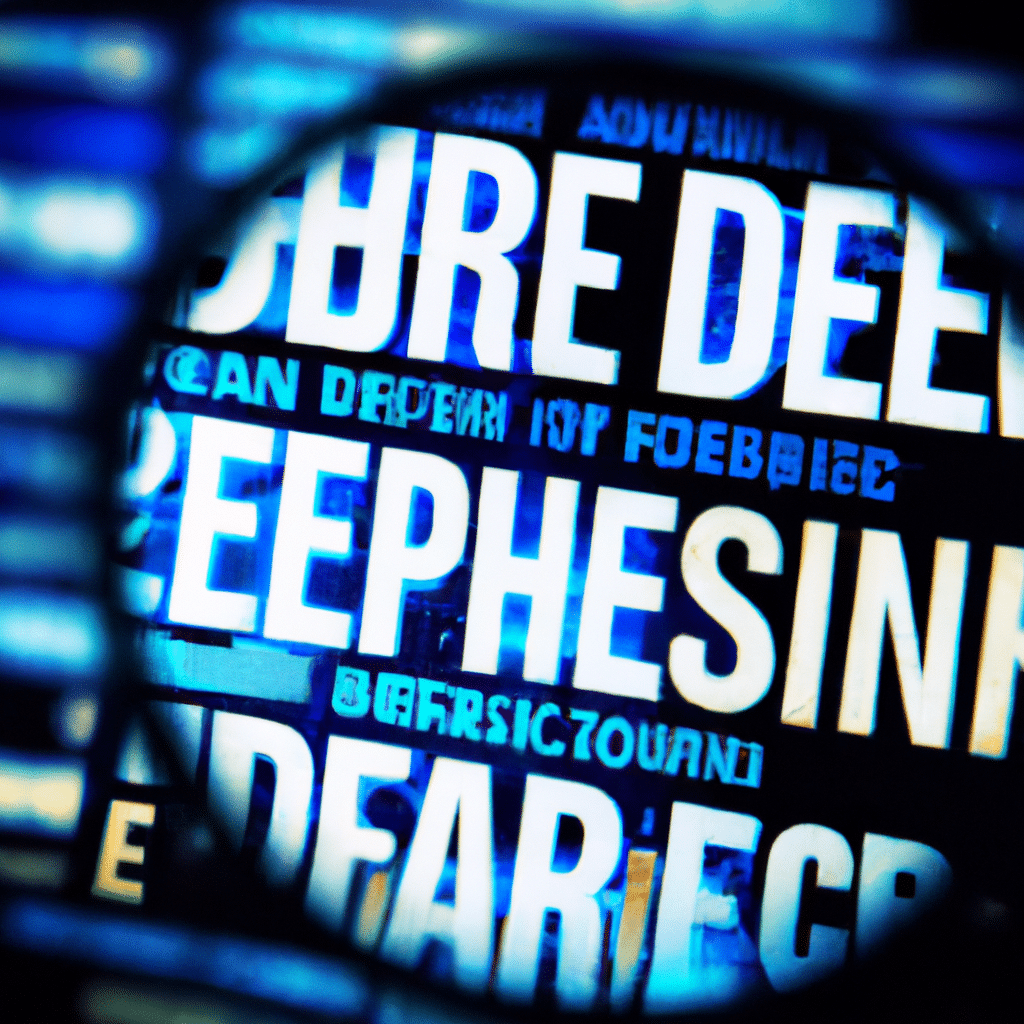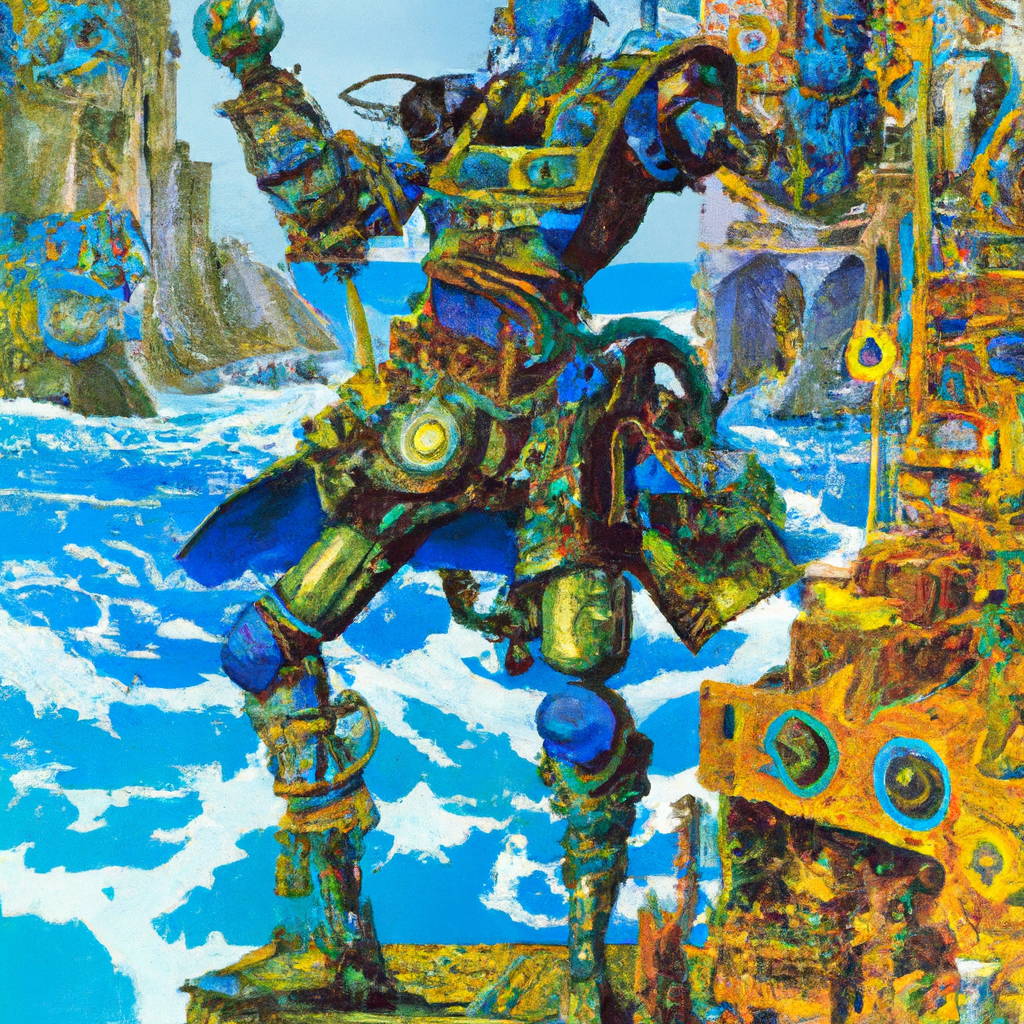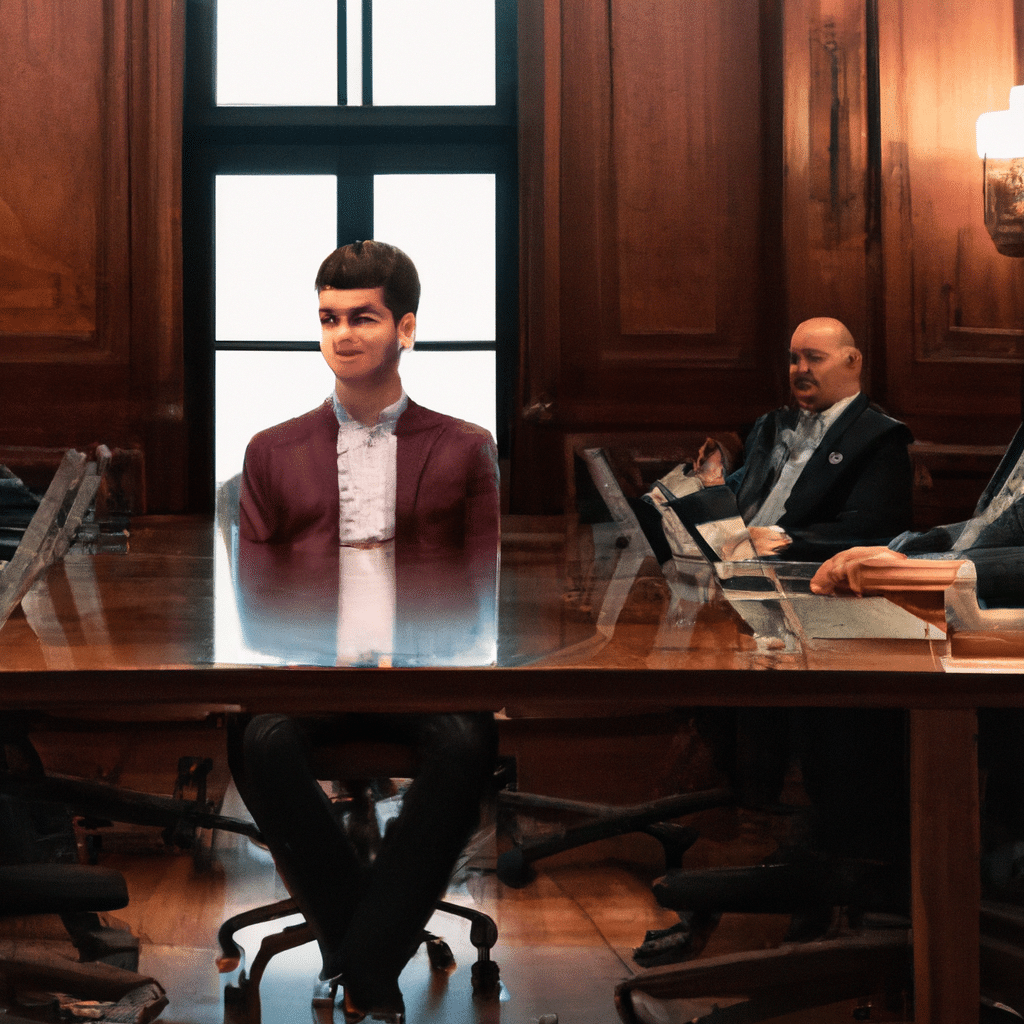Artificial Intelligence: Where Sci-Fi Meets Deepfakes and the ‘cognitohazard’ Boom
It seems like we stepped into a science fiction novel without realizing it. It’s a world invaded by hyperrealistic deepfakes, videos that captivate us, not just visually but emotionally, and buzzwords like ‘cognitohazards’. So buckle up, buttercup! We’re about to dive into the matrix. And yes, that may be the only pop culture reference you’ll understand as we uncover the AI-powered iceberg shaped like author Neal Stephenson’s renowned novel ‘Snow Crash’.
Key Points in this Episode of “Real Life Morphs Into Sci-Fi”
- ‘Snow Crash’ by Neal Stephenson isn’t only wildly popular, it’s like Startup Bible 101. This 1992 novel was the cool kid that used ‘avatar’ for the first time to mean a virtual representation of a person, and it introduced the term “metaverse”. Mark Zuckerberg made this his Facebook executives’ bedtime story a good decade before turning his company towards turning fiction into reality.
- Fact-checking group Logically informs us that deepfakes are powerful psychological tools. Retaining a robust sense of skepticism isn’t as simple as slapping a ‘THIS IS A DEEPFAKE’ sign on a video. By the time the viewer’s eyes have registered the warning, you have already been sucked into its alternate reality. According to Henry Parker, head of government affairs at Logically, even if people are informed that a video is a deepfake before they watch it, they tend to treat it as a factual account. So, the struggle is real, people! The key challenge lies in minimizing the circulation of such content.
Final Thoughts
We’ve sure downloaded a lot from this digital dojo! So the AI world isn’t just robots doing our dishes or semi-creepy voice assistants. It’s evolving into a mash-up of smart technology and brain-tweaking media. Sounds like that sci-fi universe is closer than we thought! So keep your wits about you or we might find ourselves living in a deepfake video that, ironically, feels too real. Stay technologically skeptical, my friends!
As part of this experiment I would like to give credit where credit is due. If you enjoy these, please take a moment to read the original article:
https://www.theguardian.com/technology/2024/apr/09/techscape-deepfakes-cognitohazards-science-fiction
Blog Title
AI: gpt-3.5-turbo-0125: chatcmpl-9C34I7LYw4yv6yXB8c9wV8agtHBX4
Instruction: “You are an AI blog title generator. Create a catchy and concise title for the blog post that is catchy and optimized for search engines. Remove all html in the response and do not use quotes. Please do not use words that are unsafe to process in Dall-E image AI.”
Prompt: Content Summary of text from above.
Response: Exploring the Sci-Fi World of AI, Deepfakes, and ‘Cognitohazards’
Image Description
AIgpt-4-0613:chatcmpl-9C34PlCtQKL5uybve2A1CePu8vimJ
Instruction: “You are a helpful assistant that creates unique images based on article titles. Create a brief visual description of what an image would look like for this title. Please pick a style of art from the following: Futurism, Impressionism, Romanticism, or Realism, be sure to consider the image should reflect an AI Robot Pirate theme during the Golden Age of Pirates.”
Prompt: In the style of Futurism, this image showcases a complex control room filled with illuminated holographic screens displaying various technological processes like deepfakes in progress and the workings of AI. Central to the image is an AI Robot exuding a pirate-like charm, adorned with high-tech attributes themed from the Golden Age of Pirates: a tricorn hat, an eye patch replaced by laser scanning device, and an arm with components resembling a futuristic cutlass. The background cradles an open digital fiercer ocean reflecting the chaos and uncertainty of ‘cognitohazards’.
Response: Exploring the Sci-Fi World of AI, Deepfakes, and ‘Cognitohazards’



